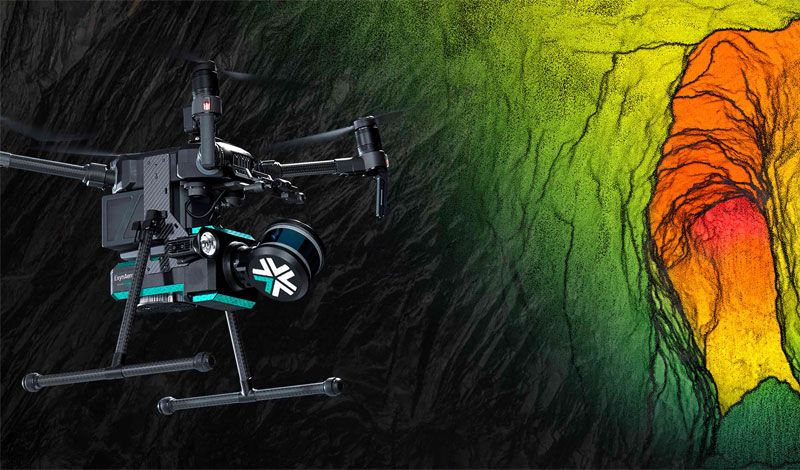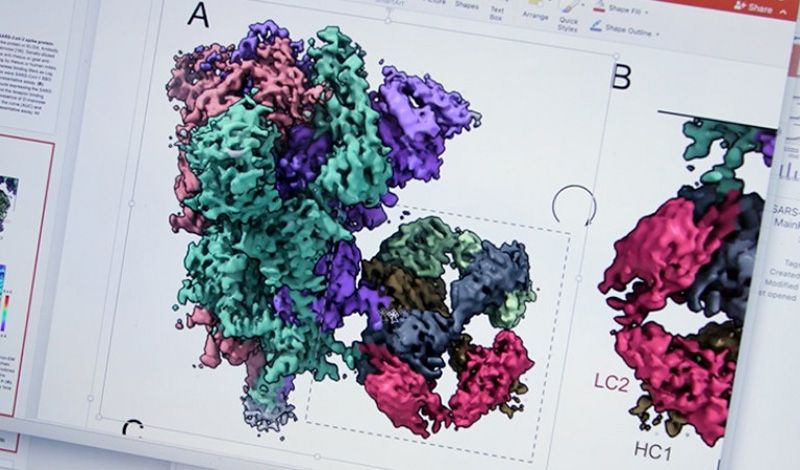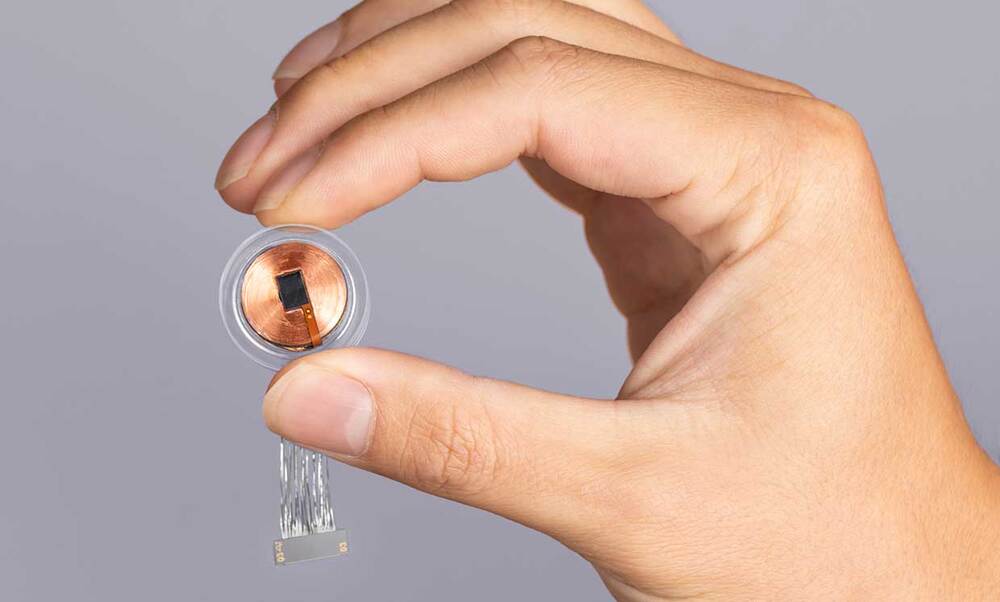
In simple terms, comparing previous autonomy standards with that of Exyn is like the difference between self-navigating a single, defined road versus uncharted terrain in unknown and unmapped territory. Unlike a car, however, a drone must be able to manoeuvre within three dimensions and pack all its intelligence and sensors onto a fraction of the total body size with severe weight restrictions.
“People have been talking about Level 4 Autonomy in driverless cars for some time, but having that same degree of intelligence condensed onboard a self-sufficient UAV is an entirely different engineering challenge in and of itself,” said Jason Derenick, CTO at Exyn Technologies. “Achieving Level 5 is the holy grail of autonomous systems – this is when the drone can demonstrate 100% control in an unbounded environment, without any input from a human operator whatsoever. While I don’t believe we will witness this in my lifetime, I do believe we will push the limits of what’s possible with advanced Level 4. We are already working on attaining Level 4B autonomy with swarms, or collaborative multi-robot systems.”
“There’s things that we want to do to make it faster, make it higher resolution, make it more accurate,” said Elm, in an interview with Forbes. “But the other thing we were kind of contemplating is basically the ability to have multiple robots collaborate with each other so you can scale the problem – both in terms of scale and scope. So you can have multiple identical robots on a mission, so you can actually now cover a larger area, but also have specialised robots that might be different. So, heterogeneous swarms so they can actually now have specialised tasks and collaborate with each other on a mission.”


















